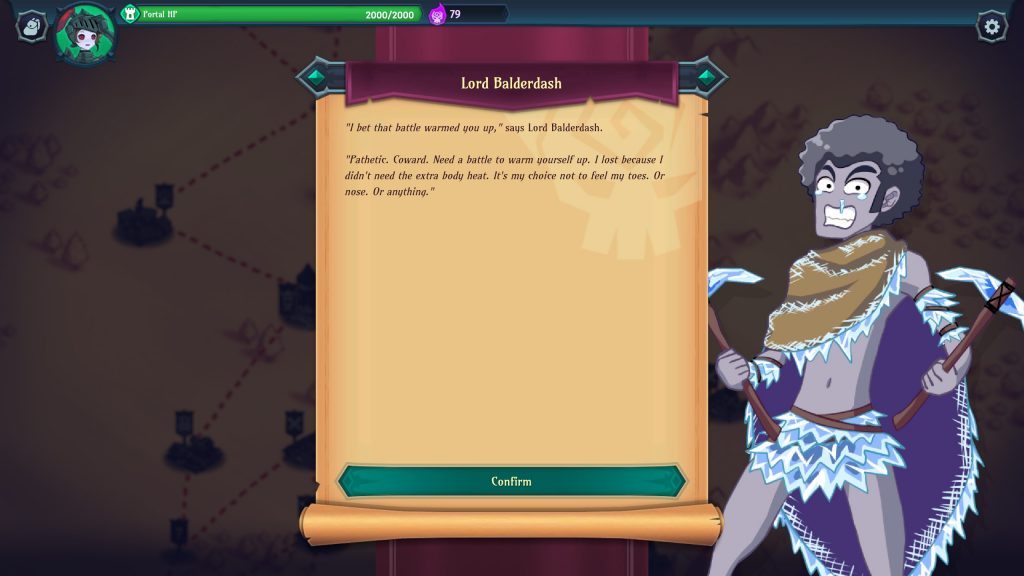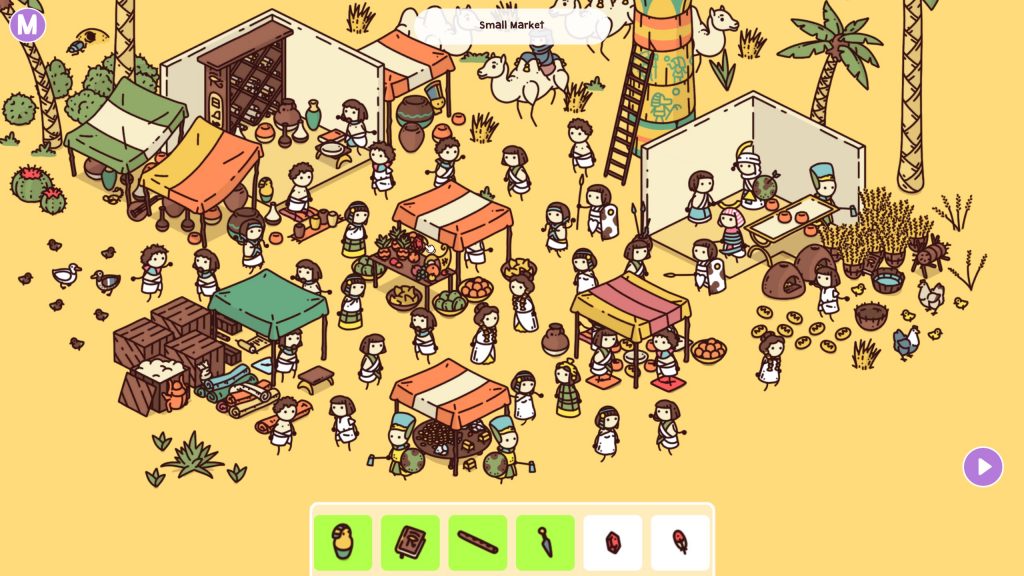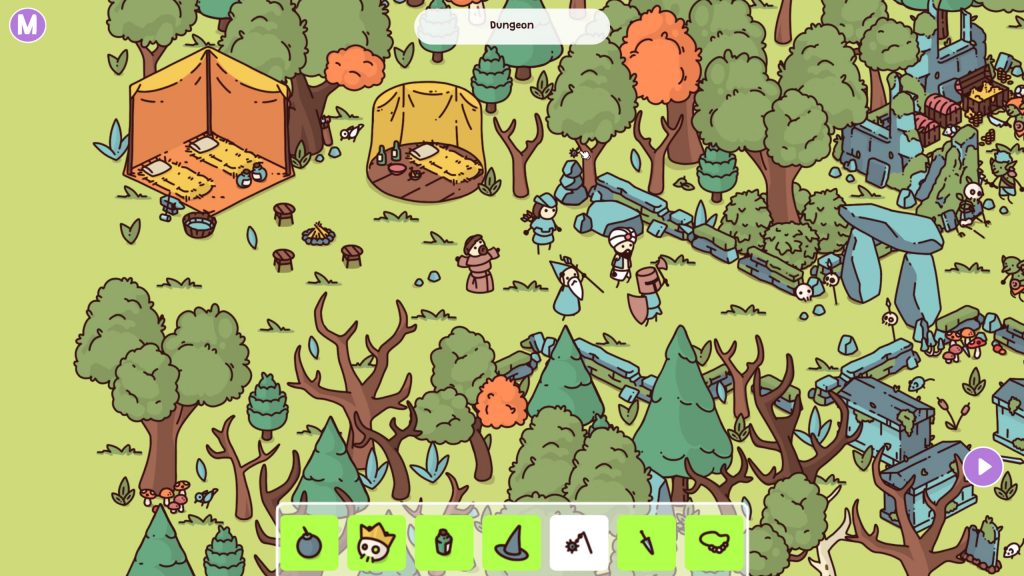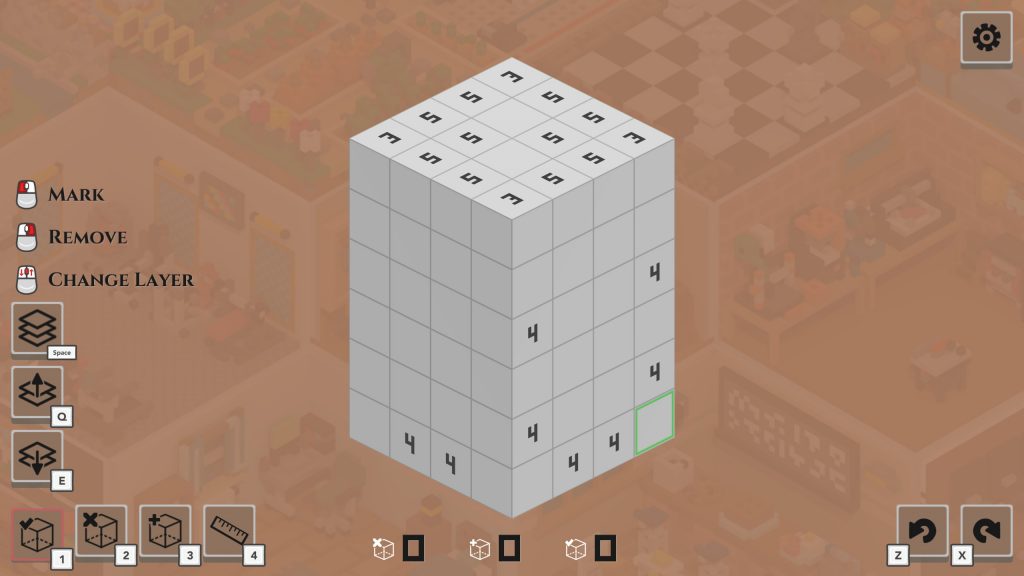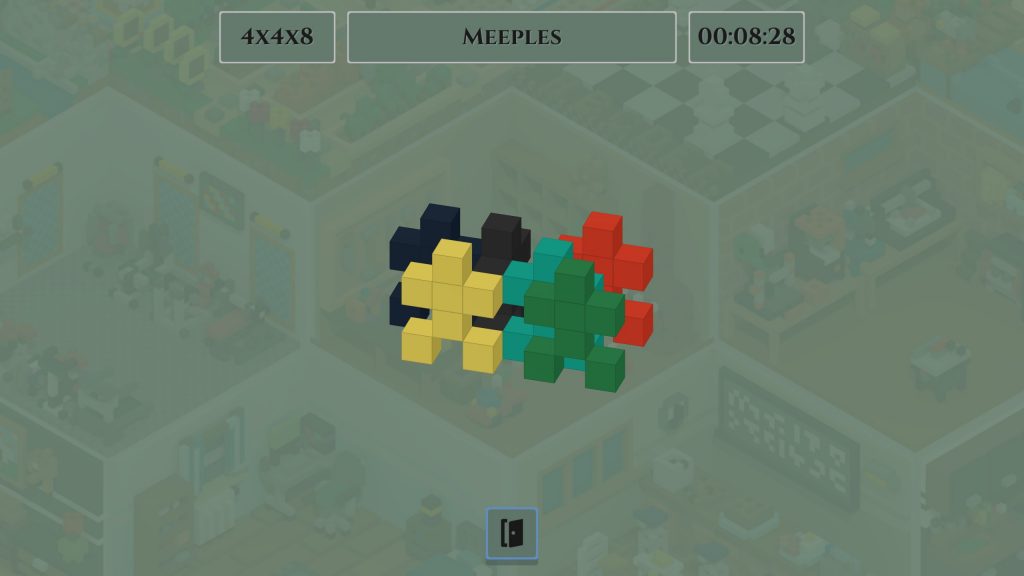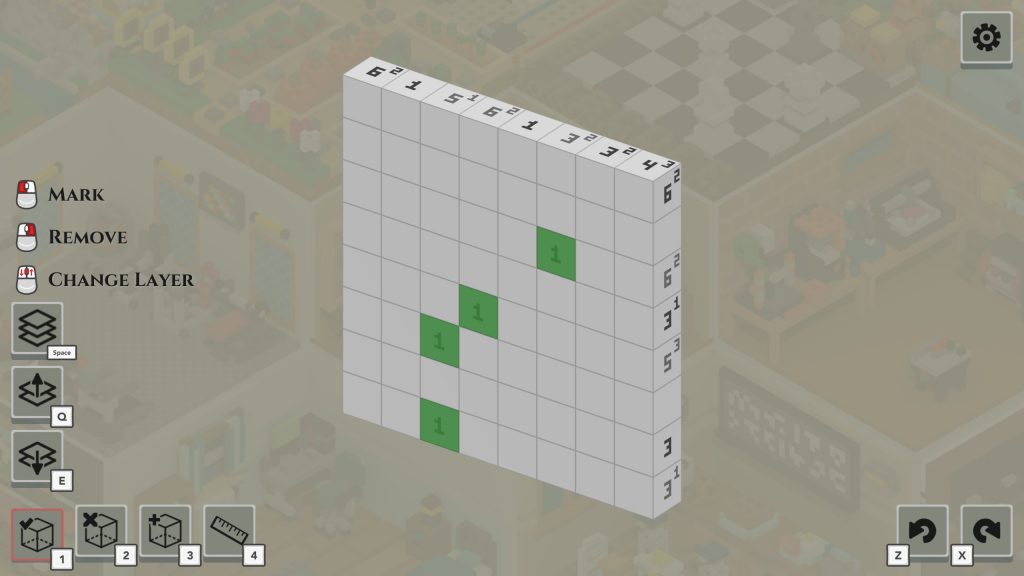Langrisser 1 & 2 (Review)

Source: Review Copy
Price: £49.99 (Assorted DLC comes to £41.96)
Where To Get It: Steam
The bandits were raiding the village, and my two heroes had things well in hand. Well, except when the next wave of bandits appeared, and… One was really close to a set of villagers, villagers I was meant to be protecting. So, some of this peaceful village died, died because I was too slow. And then some more died… Because they ran headlong into the two barbarian heroes I was trying to kill. I still won the day, but I wondered… Could I have done things differently? Could I have saved everyone?
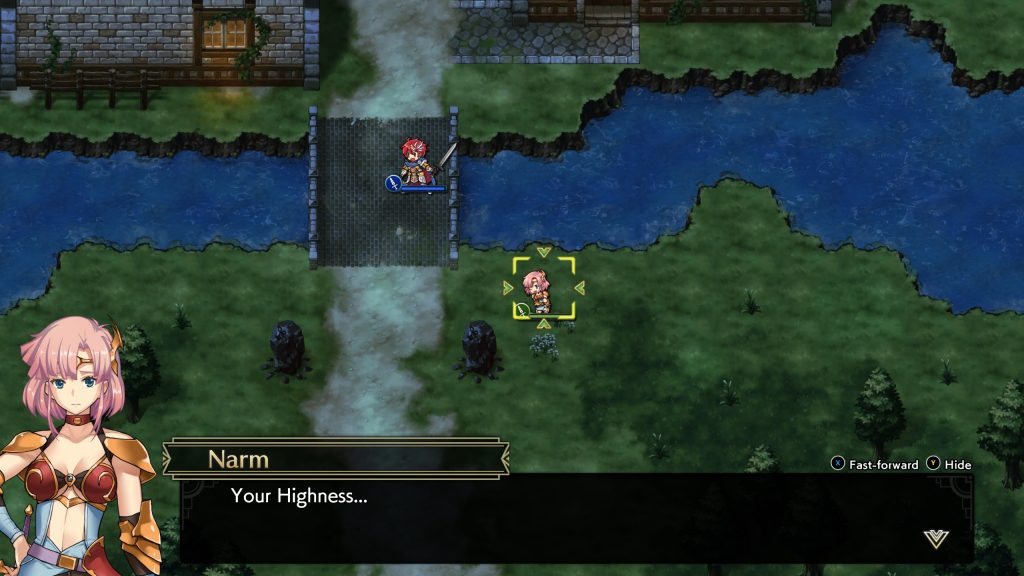
Well, theoretically, yes. In practice… Welcome to the Langrisser games, turn based strategy RPGs where you can muddle through, but perfection requires pinpoint precision.
And do you know, I quite like it. At least partly because it’s of the more black and white SRPG type, where you fail, because your heroes were killed… Or you win. This, I appreciate.
In any case, Langrisser is one of those fantasy worlds where the story will seem quite familiar to players of this sort of game: King gets murdered, or other horrible thing happens, the protagonist and their friend(s) escape, they defeat evils on their way to returning home to retake it, but wait, a greater evil arises in the second or third act, and…
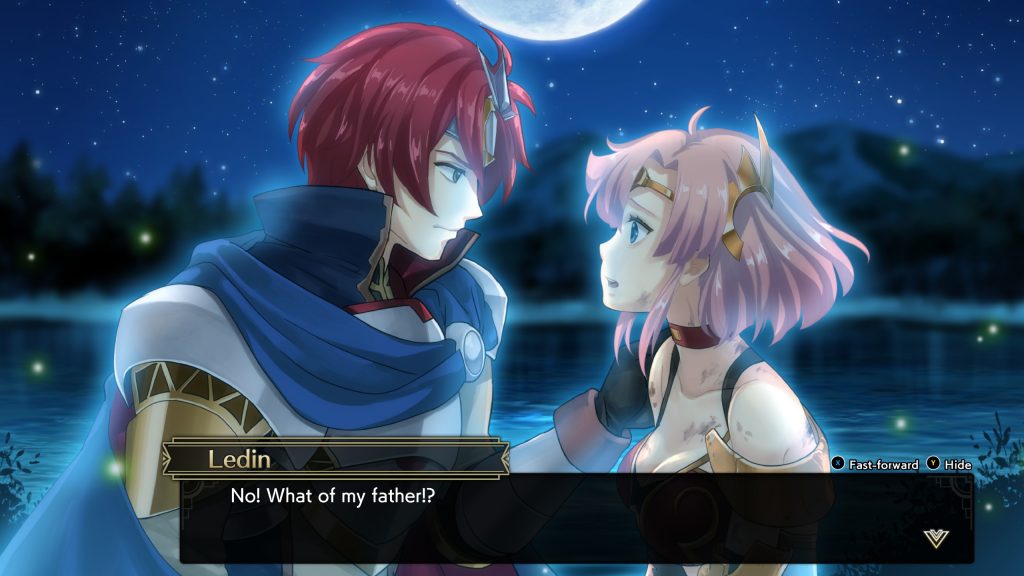
It still works surprisingly well. In fact, this pair of remakes of a now almost 30 year old franchise is a pretty solid one, with simple core mechanics (Infantry beats spears, Spears beat Cavalry, Cavalry beats Infantry, your mercs work better inside your commander’s command radius, they heal when they end their turn directly adjacent to you, and killing commanders removes their mercs from the field too, bish, bash, bosh, there’s your basic primer on everything Langrisser), solid combat, an interesting system where your character’s class can change the way they play a fair bit, and, of course, some nice aesthetics, with good music, clear tiles, workable and slightly charming battle animations, and plot divergences.
Basically, it ain’t bad, and with twelve hours average on a run of Langrisser I (for lo, there is a New Game+ on both games), there’s a lot of playtime to be had…
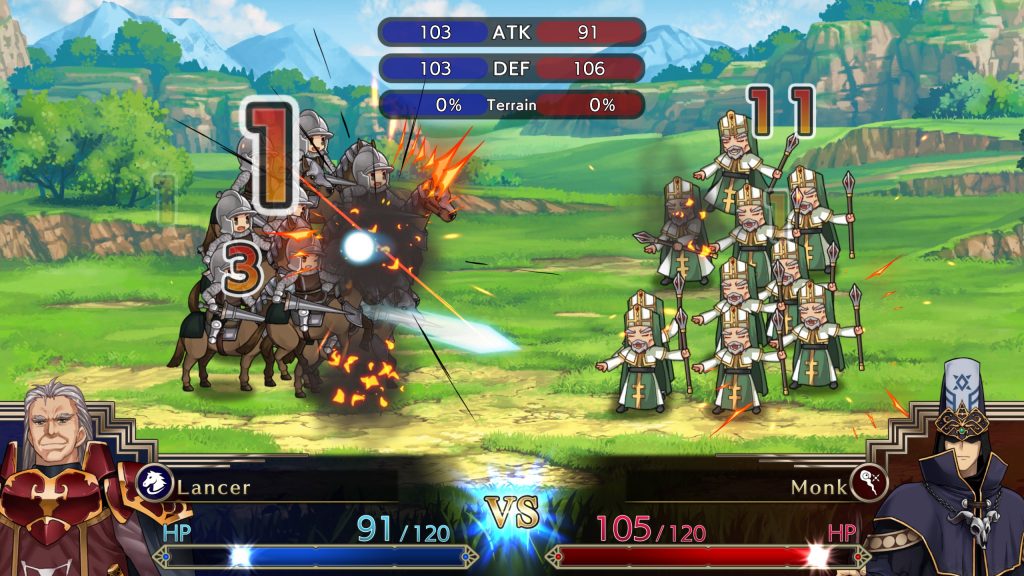
At least some of which is due to unskippable combat animations, and individual movement animations even if you automate. Personally, I don’t mind it, mainly because I prefer manual movement myself. But I can see how that would be a turnoff.
Still, I’ve enjoyed my time with Langrisser, and I expect to enjoy more time with it. It doesn’t overcomplicate things, its characters charm, its aesthetics please, and… It’s something where I know where I stand. Because it lets me know clearly. And I appreciate something that does that.
The Mad Welshman is off to… Ahaha, not save the kingdom! Conquer it! Big difference!




